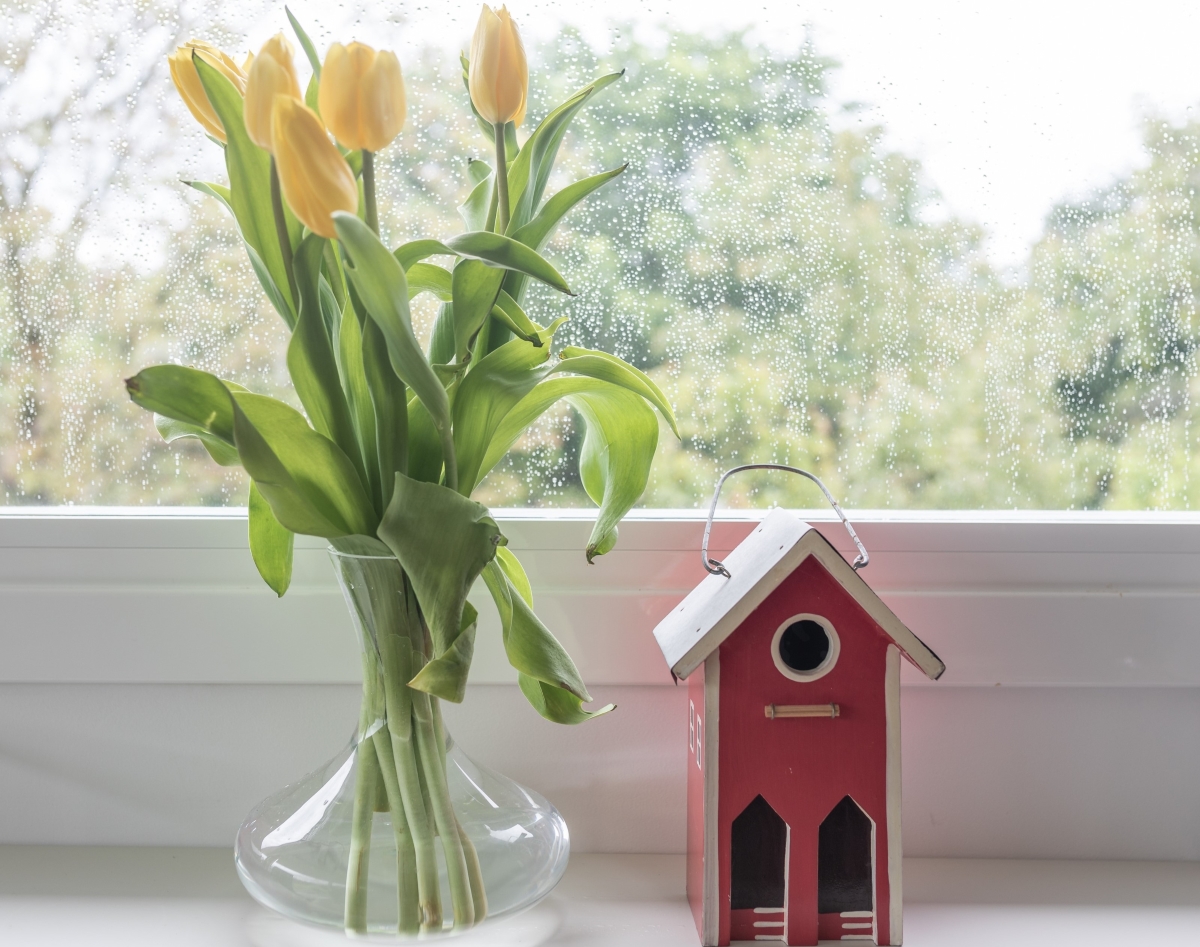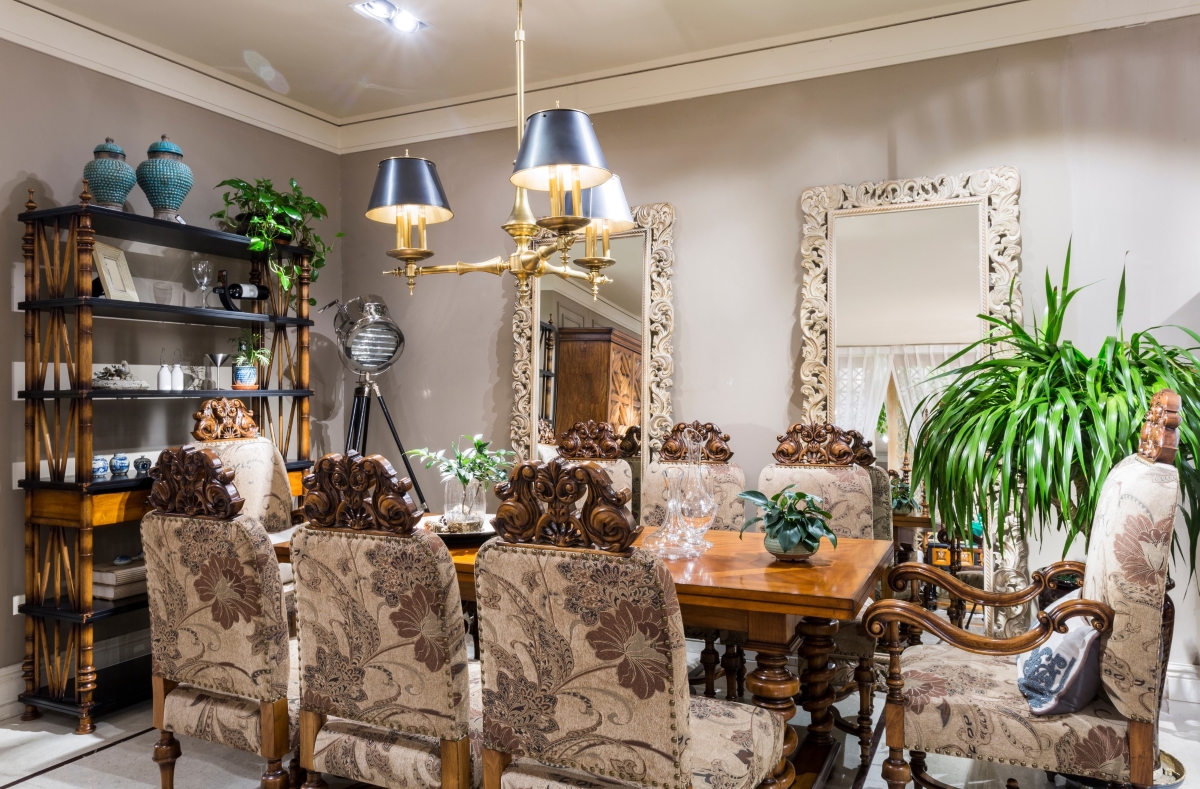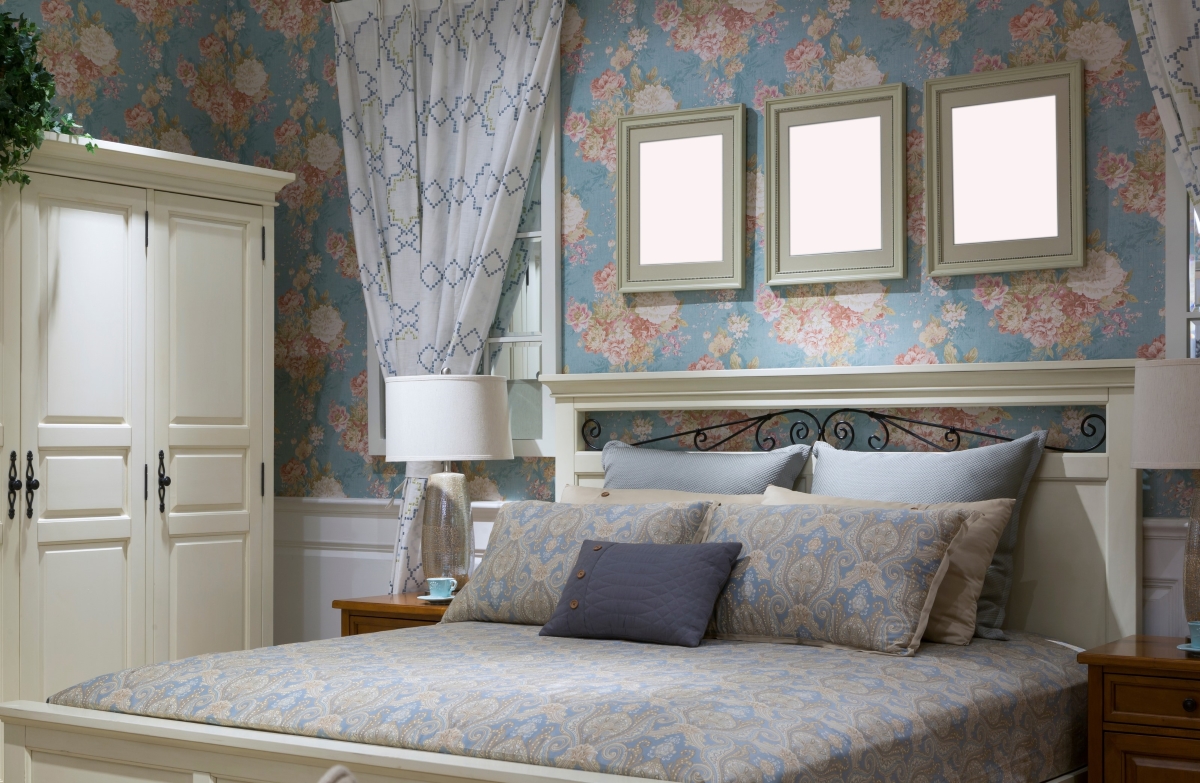Creating a Cozy and Inspiring Home Environment for Your Golden Years

Creating a cozy and inspiring home environment is essential for enjoying your golden years. As we age, our homes become more than just places to live—they reflect our personalities and support our well-being. A thoughtfully designed home enhances comfort, fosters independence, and provides a sanctuary that enriches daily life. By focusing on elements that promote comfort, functionality, and personal style, you can transform your living space into a haven supporting physical and emotional health. This guide will explore practical and creative ways to design a home that brings joy and relaxation, ensuring your living environment truly feels like home.
Creating a Comfortable Living Space

Creating a comfortable living space enhances your well-being and safety as you age. Begin by selecting ergonomic furniture that supports both comfort and functionality. Chairs and sofas with good lumbar support and adjustable heights can prevent strain and provide better seating options. Look for furniture with easy-to-reach controls and handles to simplify daily use.
Incorporate accessibility features throughout the home to ensure safety and ease of movement. Install grab bars in bathrooms near the toilet and in the shower to help prevent falls. Consider adding ramps or stairlifts if mobility is a concern, and use non-slip flooring in high-traffic areas to reduce the risk of accidents. Raised toilet seats and shower benches can also provide additional comfort and accessibility.
Design the layout of your home with practicality in mind. Ensure that pathways are wide and clear of obstacles to prevent tripping hazards. Arrange furniture to create an open flow and avoid cluttered spaces. Proper lighting is crucial; use a combination of ambient, task, and accent lighting to illuminate the home effectively. Install night lights in hallways and bathrooms to guide you safely during nighttime hours.
Consider incorporating adjustable features in your living space, such as height-adjustable tables or desks, to accommodate various activities and needs. By focusing on these elements, you create a living environment that enhances comfort and promotes safety and ease of movement.
Incorporating Personal Style and Comfort

Personalizing your home is key to creating a comforting and unique space. Start by incorporating personal touches that reflect your tastes and experiences. Display family photos in attractive frames, hang artwork you love and showcase mementos from travels or significant life events. These elements make your home feel more welcoming and meaningful.
To enhance comfort, choose soft, cozy fabrics for your living spaces. Opt for plush throw blankets, supportive cushions, and comfortable rugs that invite relaxation. Fabrics like flannel or microfiber can add warmth and comfort to your seating areas. Select bedding and curtains that are soft to the touch and contribute to a restful environment.
Color plays a significant role in creating a soothing atmosphere. Use calming and uplifting colors for walls and décor. Soft shades of blue, green, or neutral tones can promote relaxation and tranquility. Consider adding accents in your favorite colors through throw pillows, rugs, and artwork to infuse personality into the space.
When selecting furniture, focus on pieces that are both stylish and functional. Ensure seating options are comfortable and supportive, with ample cushioning and back support. Choose tables and storage solutions that fit your needs and complement your home’s aesthetic. Incorporate elements that enhance relaxation, such as a comfortable reading nook with a good lamp or a cozy corner for hobbies.
Creating Inspiring Spaces

Designing inspiring spaces within your home can significantly enhance your mood and overall well-being. Begin by establishing areas dedicated to your favorite hobbies or activities. Whether it’s a craft corner, a reading nook, or a space for yoga, having a designated area for personal interests helps create a sense of purpose and relaxation. Equip these spaces with all the necessary tools and comfortable seating to make them inviting and functional.
Incorporate natural elements to bring a touch of nature indoors. Indoor plants improve air quality and add a sense of calm and vitality to your home. Choose low-maintenance plants like succulents, ferns, or peace lilies, which can thrive with minimal care. Place them in attractive pots or hanging planters to enhance your décor.
Maximize natural light to create an uplifting atmosphere. Keep windows unobstructed, and use sheer or light-filtering curtains to allow daylight to brighten your home. Position seating areas near windows to enjoy outdoor views, which can help create a connection with nature and boost your mood.
Add inspirational décor to invigorate your living spaces. Choose artwork, sculptures, or photographs that resonate with you and reflect your tastes. Display motivational quotes or achievements that inspire you and evoke positive emotions. Consider creating a vision board or gallery wall featuring images and objects that represent your goals, dreams, and fond memories.
Incorporate soothing and uplifting elements like calming color schemes, soft textures, and cozy lighting. Use throw blankets, cushions, and rugs to add comfort and warmth. Soft, ambient lighting can create a serene environment for relaxation and reflection.
Ensuring a Healthy Home Environment

Maintaining a healthy home environment is essential for comfort and well-being. Start by enhancing air quality, which is fundamental for a healthy living space. Invest in air purifiers with HEPA filters to remove airborne allergens and pollutants. Regularly clean or replace air filters in your heating and cooling systems to ensure they operate efficiently and maintain clean air.
Ventilation is key to preventing indoor air pollution. Open windows when the weather permits to allow fresh air to circulate. Use exhaust fans in kitchens and bathrooms to remove moisture and odors. Regularly check and clean vents and ducts to maintain proper airflow.
Keep your home clean and organized to create a safe and pleasant environment. Establish a regular cleaning routine, including dusting surfaces, vacuuming carpets, and mopping floors. Use vacuum cleaners with HEPA filters to trap dust and allergens. Declutter frequently to prevent accumulating unnecessary items, which can contribute to a chaotic and stressful environment.
Implement effective storage solutions to keep your living space tidy. Use shelving, bins, and organizers to manage belongings and reduce clutter. Proper storage helps maintain a clean environment and makes it easier to find what you need, enhancing overall efficiency.
Safety measures are crucial for preventing accidents and ensuring peace of mind. Install smoke and carbon monoxide detectors in key areas, such as the kitchen and bedrooms, and test them monthly to ensure they function properly. Secure rugs with non-slip backing to prevent slips and falls. Regularly inspect your home for potential hazards, such as loose handrails or faulty lighting, and address any issues promptly.
Adapting to Changing Needs

Creating a home that adapts to changing needs ensures long-term comfort and functionality. Design spaces with flexibility, allowing for easy adjustments as needs evolve. For instance, consider installing adjustable-height furniture or modular shelving that can be reconfigured as requirements change.
Future-proof your home by planning for potential mobility challenges. To accommodate changing physical needs, add wider doorways, level entryways, and barrier-free showers. Ensure that essential areas like kitchens and bathrooms are easily accessible and functional for all mobility levels.
Regular updates and maintenance are key to keeping your home adaptable. Periodically assess your living space to identify and address any new needs or potential improvements. By proactively making adjustments, you create a home environment supporting your well-being and comfort throughout the years.
Conclusion

Creating a cozy and inspiring home environment is vital for enjoying your golden years. By focusing on comfort, personal style, and functionality, you can transform your living space into a sanctuary that supports well-being. Ensure a comfortable living area with ergonomic furniture and accessible features, adding personal touches and soft textures for warmth—design inspiring spaces with dedicated areas for hobbies, natural elements, and uplifting décor. Maintain a healthy home environment with good air quality, cleanliness, and safety measures. Lastly, plan for future needs by designing adaptable spaces and making regular updates. Embracing these strategies will help you create a home that enhances comfort and joy throughout your later years.





